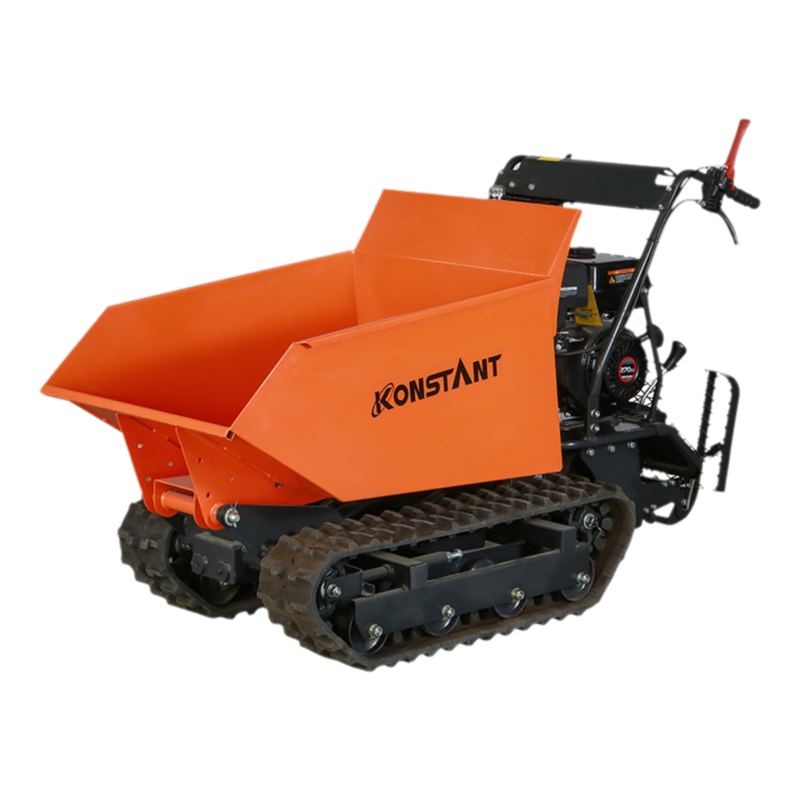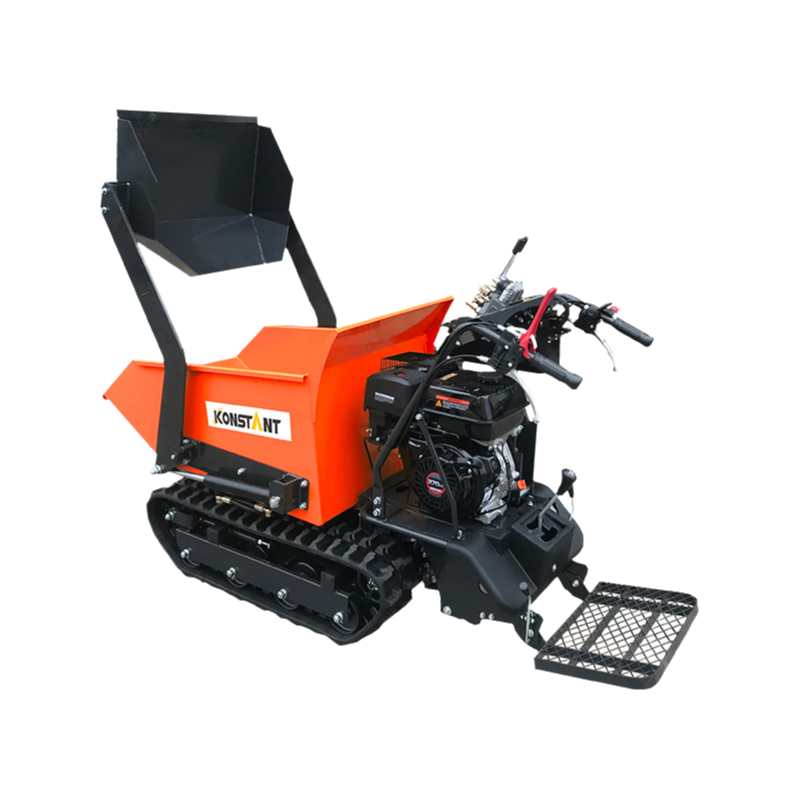Provide you with the latest enterprise and industry news
How Motor Wheelbarrow Manufacturer Is Powering Change Across Industries
Posted by Admin
Motor Wheelbarrow Manufacturer has been rapidly advancing in technology to meet the demands of modern construction, agriculture, and landscaping industries. With the increasing reliance on efficient and durable tools, manufacturers are focusing on innovations that not only improve performance but also align with global trends in safety, sustainability, and productivity. These innovations are setting new benchmarks across various industries, ensuring that wheelbarrows are no longer seen as simple manual devices but as smart, reliable, and adaptable machines.
One of the significant areas of innovation lies in battery technology. As industries shift toward greener solutions, the reliance on advanced rechargeable batteries has grown. Today's electric wheelbarrows can operate longer on a single charge, offering both high capacity and quick recharging cycles. This makes them more efficient on construction sites and farms where long hours of work demand uninterrupted performance.
Another major focus is ergonomic design. Manufacturers are increasingly considering operator comfort, with adjustable handles, smoother maneuvering systems, and lighter frames that still maintain durability. This shift is not just about user comfort; it is directly tied to productivity. Workers who face less strain and fatigue can work longer and more effectively.
Another significant trend is the rise of automation and smart technology. The integration of digital displays, load sensors, and energy monitoring systems is transforming the traditional wheelbarrow into a smart tool. Operators can now track battery levels, manage load distribution, and anticipate maintenance requirements. These innovations not only increase productivity but also align with the global movement toward data-driven decision-making in industries.
The demand for ergonomic and user-friendly designs is also shaping the market. Manufacturers are placing greater emphasis on reducing operator fatigue by incorporating lightweight yet durable materials, adjustable handles, and balanced load systems. These changes are particularly important as industries face skilled labor shortages, making efficiency and worker comfort more valuable than ever.
Global supply chain dynamics are also influencing the industry. With the disruptions caused by economic shifts and international trade challenges, manufacturers are rethinking how to source materials and distribute products. The push toward regional production hubs and sustainable logistics is creating a more resilient and eco-friendly supply chain. This trend ensures that manufacturers are not only meeting immediate market needs but also building long-term stability.
So , the material innovation is also a key sustainability driver. Manufacturers are increasingly turning to recyclable and lightweight materials in their designs. By reducing the amount of raw resources required and ensuring parts can be reused at the end of their lifecycle, the industry is contributing to a circular economy model.
The emphasis on sustainability extends to longer product lifespans. Through durable materials, modular components, and better maintenance designs, modern wheelbarrows last longer and require fewer replacements. This reduces waste and lowers the environmental cost of manufacturing and distribution.
Additionally, manufacturers are incorporating sustainable supply chain practices. From sourcing eco-friendly raw materials to optimizing logistics and packaging, every step of the process is being refined to minimize carbon footprints. This systemic approach ensures that sustainability is embedded throughout the product lifecycle.
There is also a strong social responsibility aspect. By providing sustainable solutions, manufacturers support industries in meeting their own environmental goals, allowing construction firms, farmers, and landscapers to align with eco-conscious practices. This creates a ripple effect where sustainability becomes a standard across multiple sectors.
The impact of manufacturers on environmental sustainability cannot be overstated. Their innovations in energy efficiency, materials, and supply chain practices are shaping a greener future. As industries continue to adopt these solutions, the role of the manufacturer becomes even more central in building a world where progress and responsibility go hand in hand.
NEXT:How can I ensure stable operation of the KONSTANT Electric Mini Dumper during the rainy season and choose equipment suitable for rainy season operation?

 English
English русский
русский Français
Français Español
Español Deutsch
Deutsch















